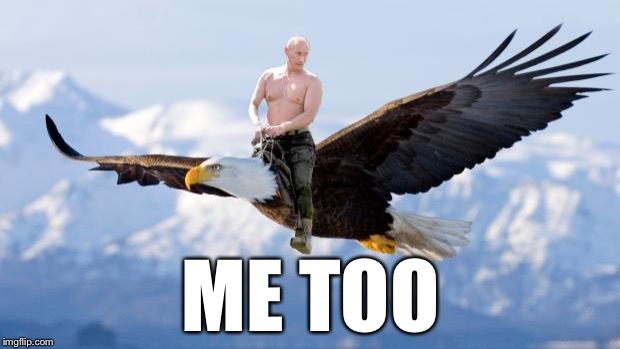I think the big mistake that people keep making is that AP2 is not FSD V1.0. AP2 and FSD are different software and different code bases today. In a perfect world, Tesla would have been able to use AP1 in conjunction with HW2, but Mobileye wouldn't allow it knowing that Tesla was working on its own solution. This is public knowledge and an indisputable fact that Telsa and Mobileye had a falling out and would not allow Tesla to use it in parallel with HW2. This forced Tesla's hand to implement AP2 on HW2 and separately develop FSD. They obviously thought this would be easier then they had anticipated because they had already done it once with EyeQ3 and one camera.
FSD will not need to see lane markings, though it will still use them if it can. It will use high definition 3d maps that will use a combination of GPS and landmarks, sensors and telemetry from the car. This would include lane markings but doesnt require them as it can use other land marks to compensate for GPS's weaknesses. GPS gets you within 3 meters, adding high def maps with land marks can get you to 10 centimeters or so from watching nVidia's presentations. Adding the cars other sensors and telemetry can get you down to 2 centimeters. Once you have an identifiable landmark in a high precision 3d map, you dont even need GPS to continue to work. GPS gets you into the neighborhood, landmarks get you into the lane and the other sensors and the speed/direction the car is traveling gets you the rest of the way to 2cm. The high def maps could be created by Lidar and updated by radar in current cars as roads and landmarks change. AP1 and AP2 do not do any of that. They identify the lanes by seeing the lane markings and curb or edge of the road. It then uses the TACC radar not to run into the car in front of it. That is all AP1/2 does.
FSD is being developed separately and is nothing like AP2. At some point in the near future (EOY), FSD should replace AP2 and there will only be AP1 on EyeQ3 and FSD on HW2. They only had to do this clunky way because of the fallout with Mobileye after the accident where the guy died using AP1 and it didnt see a truck passing in front of it.
If you go back to the Oct. video that Tesla released when it started talking about FSD, you will the different camera, many more then 2 and you can see how the high def mapping works with landmarks and how it knows the surface of the road. It can see all the signs as noted by different color boxes around signs, people, cars and other objects. None of this stuff happens with AP2. It sees lanes and curbs and the radar keeps you from driving through the car directly in front of you. That is it.. that's all AP2 does. So unless you think the video from Oct. 2016 was just Hollywood product, there has to be two different solutions being developed independently by Tesla.
Tesla is also not building either system of the ground up. They are leveraging AP1 software that was created by Tesla to enhance it and they are piggybacking on nVidia's solution to jump start FSD. A major difference between FSD and nVidia's solution is FSD uses radar to create a point cloud and nVidia uses Lidar. Both have their strengths but I dont think Tesla will ever use a Lidar. Not because of the cost, not because of the fact that its ugly, but the fact that is not good at detecting objects in rain, fog or snow. You could say, well then why dont they use both. Because then you have to decide, which one do you trust? There will be times when they disagree on what they are seeing and you cant just slam on the brakes until it figures out which is right. So this problem is one that Tesla and as far as I can tell, only Tesla is attempting. They are attempting to use the radar to confirm what they are seeing using the Vision system and they believe that they can create a detailed enough picture of the world around them, that is more accurate then what you and I can see while be constantly distracted. When I say distracted I dont just mean talking on your cellphone, but even something as simple as looking at your current speed or Navigation or even admiring a passing Tesla or waiving at a nice looking lady in the next car over. Tesla is not going to sacrifice good enough for perfect, they have shown that they can save lives without a perfect solution.



